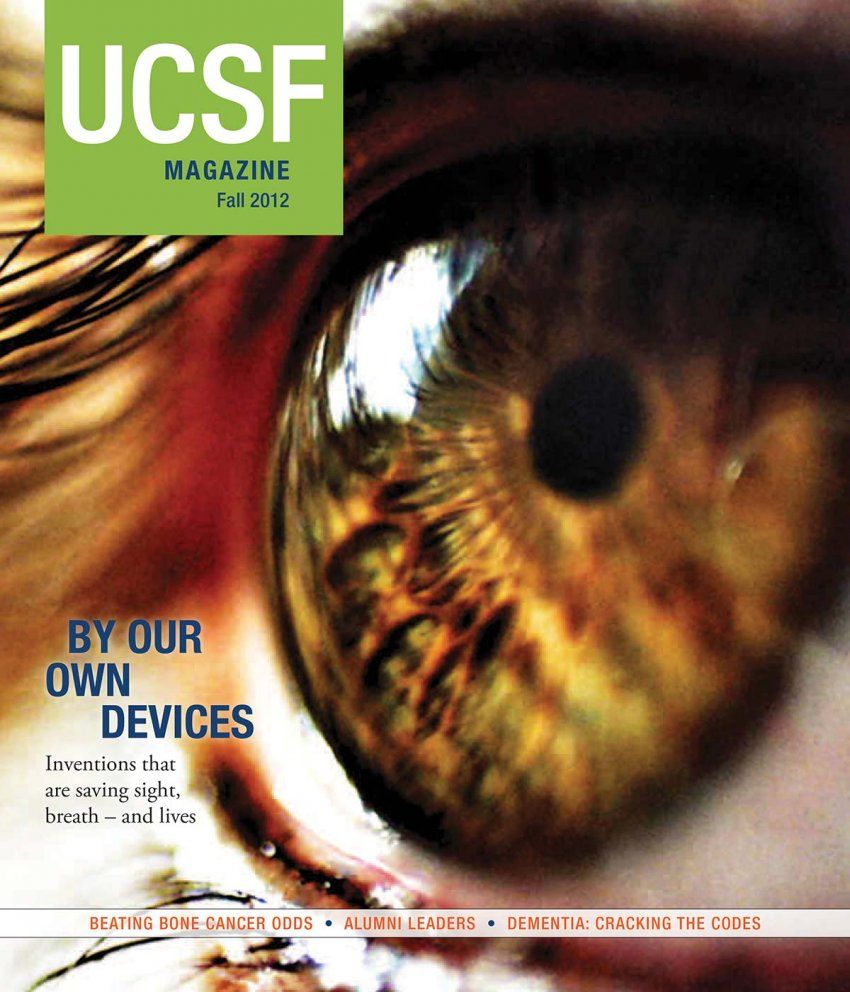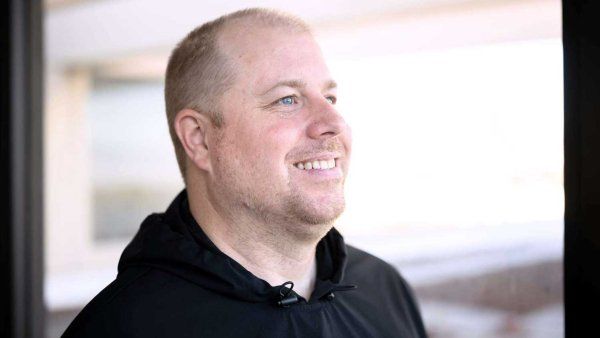
Overcoming Dental Fear

Photo: Zokara
Psychologist Linda Centore, ANP, PhD, chairs the Division of Behavioral Sciences and Community Dental Education in the School of Dentistry. She has spent 26 years working with individuals with dental fear.
Who is most likely to fear dentistry?
It is often someone who has had a negative past experience – a painful dental appointment as a child or a toothache as a young adult. Or they may have a fear of needles, which is true of 15 to 20 percent of adults.
Is there something inherently scary about dentistry?
You are lying back in a chair with your mouth – a very private place – wide open with instruments in it. Add to that a mixture of sensations and sounds – water, suction, and vibration – and being unable to speak. All with your dentist towering over you. This is inherently scary.
How do you figure out if a patient is fearful?
We take a dental history that accounts for patient experience and comfort. It covers questions such as, “Do you have trouble sleeping the night before dental treatment?” Or, “On a scale of one (low) to 10 (high), how anxious, worried, or fearful are you of having dental treatment?” Then we ask specific questions about what part of the appointment leads to dental fear or anxiety. It might be that every step from the elevator to the dental chair is anxiety-provoking. Or it might be just one thing – the injection or the sound and vibration of the drill.
Sounds like a lot to process…is it?
Dentistry is a microsurgical specialty. Dentists have to do intricate treatment with magnifying lenses and small margins of error. And perception in the mouth is exquisite – people can sense the slightest nuance of change. Think about when a crown feels too high. Like a sand particle in the eye, it is very bothersome. A root canal, for instance, is a three-dimensional microsurgical procedure, not unlike hand surgery. Only the dental surgeon is working on a patient who is awake and within 18 inches of the face. Dentists have to have both the technical skills to do the complex procedures and the charm and warmth to get a person through all the uncomfortable sensations associated with shots, rubber dams, drilling, carving, and suction.
What are the best ways patients can manage dental fear themselves?
Breathe slowly during injections. The slower you breathe, the less pain you feel. It activates the relaxation part of the autonomic nervous system. Bring your favorite music and headphones so the sounds you hear are the ones you want to hear. Give yourself a reward after the appointment, like seeing a friend or going to a movie. Avoid excessive amounts of stimulants, like caffeine or Sudafed, so that you can relax in the chair. And finally, be open and honest about your dental fear and what helps you feel comfortable.
How do you help fearful patients who can’t help themselves?
After finding out the triggers, I create a comfort recipe. This might include slowed abdominal breathing, progressive relaxation, visual imagery, or light trance hypnosis. An oral medication, like Valium or Ativan, or a gas, like nitrous oxide, reduces anxiety and fear. The person is awake but just more relaxed. Getting to know a person and what would work best for her or him is the goal. Dentistry should be so comfortable that a person is relaxed enough to take a nap during the treatment!




